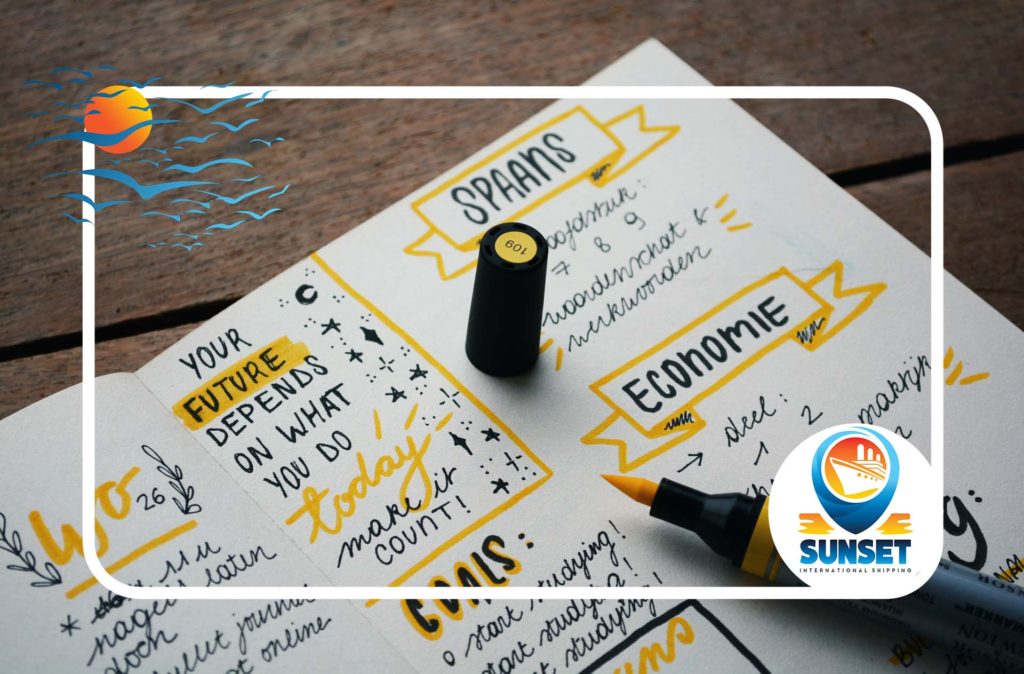Moving overseas can be challenging, but with moving labels, the whole experience can be transformed into an organized adventure! We’ll dive into the colorful world of these handy helpers. They’re not just stickers. They’re the roadmap to a stress-free move. From categorizing boxes to ensuring fragile items get the extra care they need, we’ll show you how to master the art of using labels.
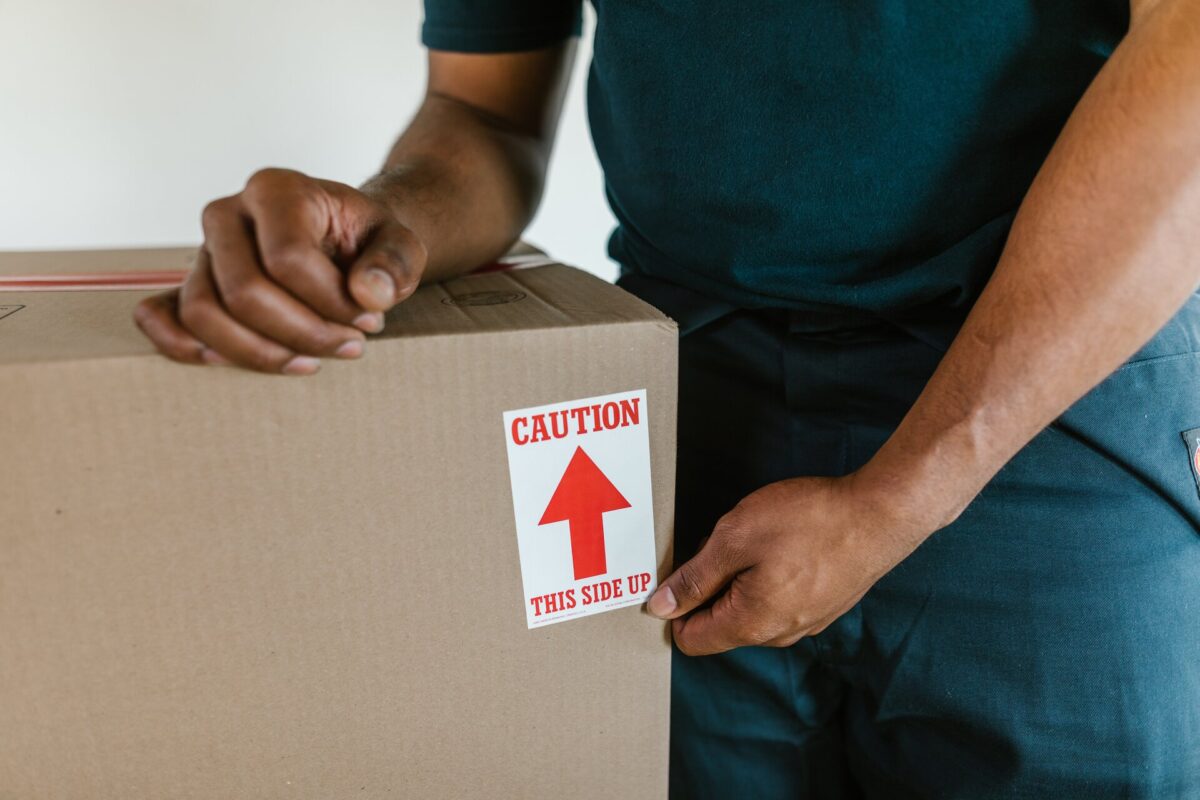

The Basics of Moving Labels
Moving labels are essential tools in the art of relocation, designed for packing efficiently as well as making relocating easier. Think of them as your assistants, guiding you through the chaos of packing. They are simple yet powerful.
By clearly marking what’s in each box and where it should go, tags eliminate the guesswork and endless box shuffling upon arrival. With these labels, you’ll not only pack efficiently but also streamline the unpacking process.
The importance of effective and correct labeling is put into perspective when you are aware of the fact that according to research conducted in 2020 by Rensselaer Polytechnic Institute, approximately 1.7 million packages either get stolen or go missing in the US daily.
Different Types of Relocation Labels
Labels or tags come in a variety of styles. Each of them serves a unique purpose in the box labeling and moving preparation process, contributing to an efficient relocation:
- Color-coded labels – Assign a color to each room (e.g., blue for the kitchen, green for the living room). It’s a visual shorthand that speeds up unloading and unpacking.
- Pre-printed labels – These often include common room names and handling instructions like “Fragile” or “This Side Up.”
- Blank labels – Perfect for personalized notes and items that don’t fit into standard categories.
- Specialty labels – Some packing labels for moving are designed for specific contents, like “Books,” “Bedding,” or “Dishes.”
This variety ensures that every aspect of your move is covered, making the relocation preparation more structured and efficient.
Materials Needed for Creating Labels
When organizing a move, the right materials for the labels for moving boxes can make all the difference and help avoid common relocation mistakes. To create effective relocation tags, you’ll need:
- Durable labeling material – Choose weather-resistant stickers that can withstand handling and various temperatures.
- Markers – Permanent markers in different colors complement color-coding systems.
- Label protectors – These can be useful to protect the tags from damage during the move.
- Tape – Strong packing tape can secure labels onto boxes, especially for non-adhesive options.
With these materials at your disposal, you can ensure that each box is marked, reducing the chances of misplacement and making sure you experience a more organized and stress-free relocation.
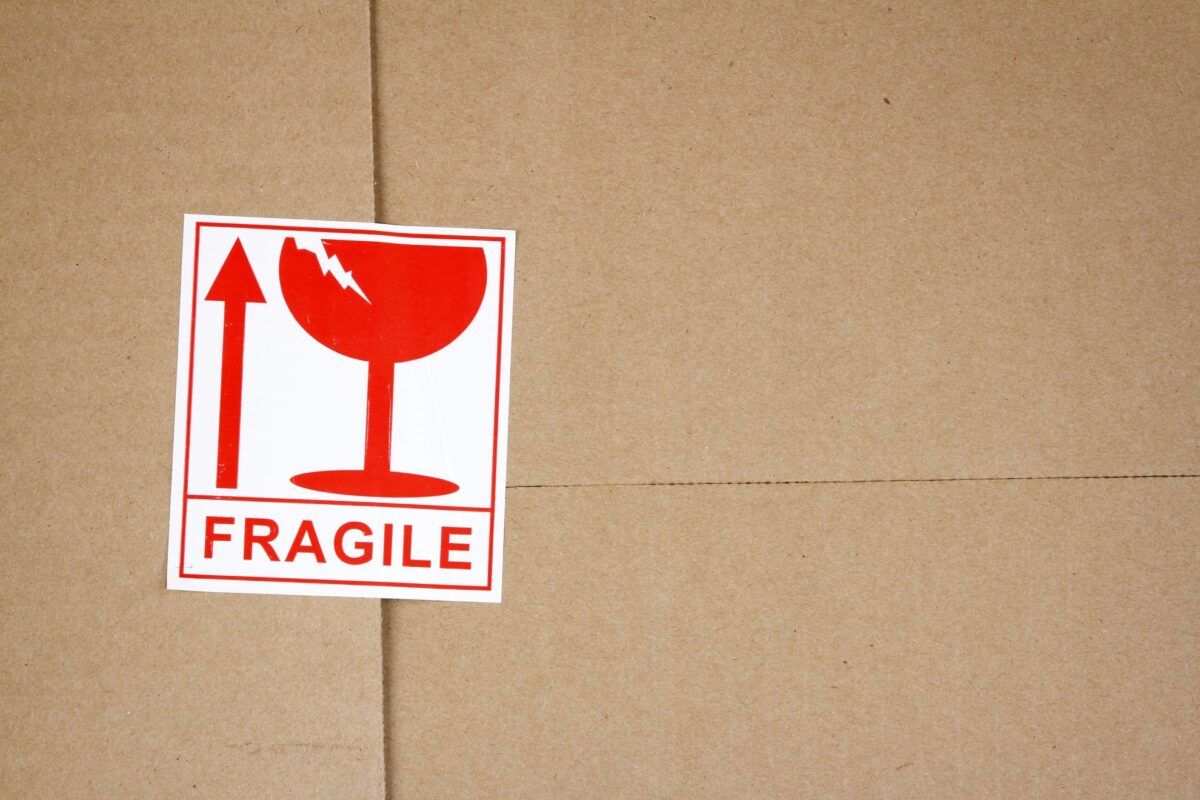

How to Effectively Use Relocation Labels
When undertaking the task of organizing belongings for relocation, a systematic approach to labeling boxes proves invaluable. Start by creating a detailed moving inventory list, categorizing items based on their room of origin and importance. Each box should have a unique identifier linking back to this inventory.
For items deemed relocation essentials, a distinct marking ensures immediate recognition upon arrival at the new location. Stickers should be clear, with large, readable fonts and waterproof ink. Indicate the contents, destination room, and handling instructions. This method streamlines the unpacking process and reduces the likelihood of misplaced items.
Tips for Color-Coding and Categorizing Items
Effective categorization and color-coding significantly enhance the organization during relocation. Assign a specific color to each room or category of items. For instance, large items could be assigned a bold color like red, making them easily identifiable for prioritized handling.
Similarly, fragile items could be marked with a gentle color like blue, signaling the need for careful handling. Utilize colored tags, stickers, or tapes for this purpose. Incorporating symbols or patterns can further differentiate between various categories.
How to Label Fragile and Valuable Items
Labeling fragile and valuable items demands extra attention, especially during a last-minute relocation rush, especially when moving overseas. Begin by securing these items with appropriate packing materials like bubble wrap or foam. Use brightly colored labels or stickers with bold lettering to indicate ‘Fragile’ or ‘Handle with Care.’
For items of high value, consider a coding system instead of content disclosure to maintain privacy and security. Adding handling instructions, such as ‘This Side Up,’ can prevent potential damage. For extra precaution, create a separate inventory for these items. Innovative hacks like photographing contents before sealing the box can provide a quick reference and added peace of mind.
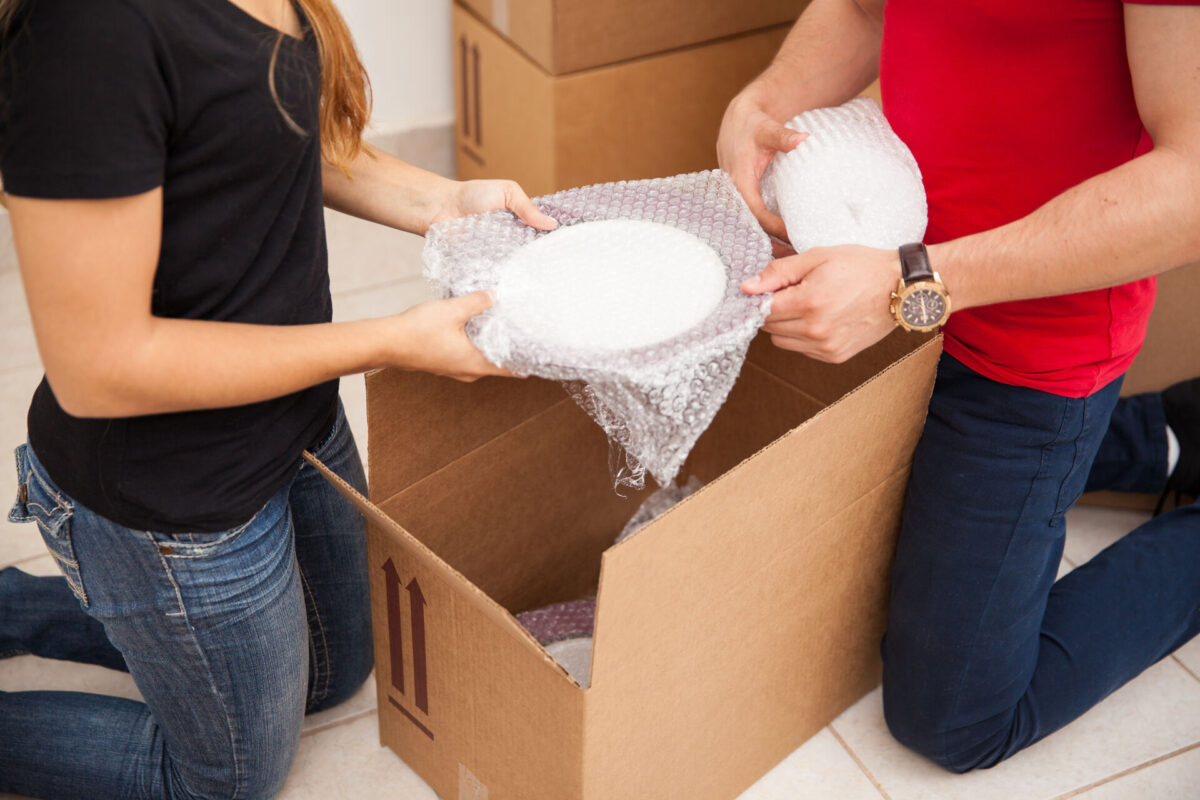

Creative Labeling Solutions
Innovative and DIY labeling solutions can significantly improve the organization of belongings for relocation. Utilizing household items such as colorful washi tapes, permanent markers, and even repurposed fabric scraps can offer a cost-effective and creative way to tag items. Craft materials can be sourced from the Etsy website.
For a more uniform look, printable templates available online can be customized and printed, offering a neat and professional appearance. These templates can be especially useful for categorizing various items like electronics and kitchenware, where distinct symbols or color codes can be assigned for quick identification.
For instance, different electronics can be tagged with symbols like a lightning bolt or a screen, while kitchenware can have a fork and spoon symbol. These symbols can be directly drawn or printed on adhesive labels and then affixed to the boxes for relocating. This adds a personal touch.
Learn More About Smart Labels
The smart labeling system introduces a highly efficient way to organize and track items during relocation. One of the most innovative aspects of this system is the use of QR codes as labels. These codes can be generated easily online and linked to digital content like a detailed moving checklist, inventory lists, or even unpacking instructions.
By scanning the QR code with a smartphone, individuals can instantly access information about the box’s contents, destination room, or special handling instructions, eliminating the need for extensive written tags This method is particularly useful for keeping track of numerous boxes, as it allows for quick updates and edits to the linked information without needing to replace the physical marker.
Additionally, QR codes can enhance the security of valuable items, as they keep detailed information private and accessible only to those with the required permissions to scan them. There are many free online QR code generators available.
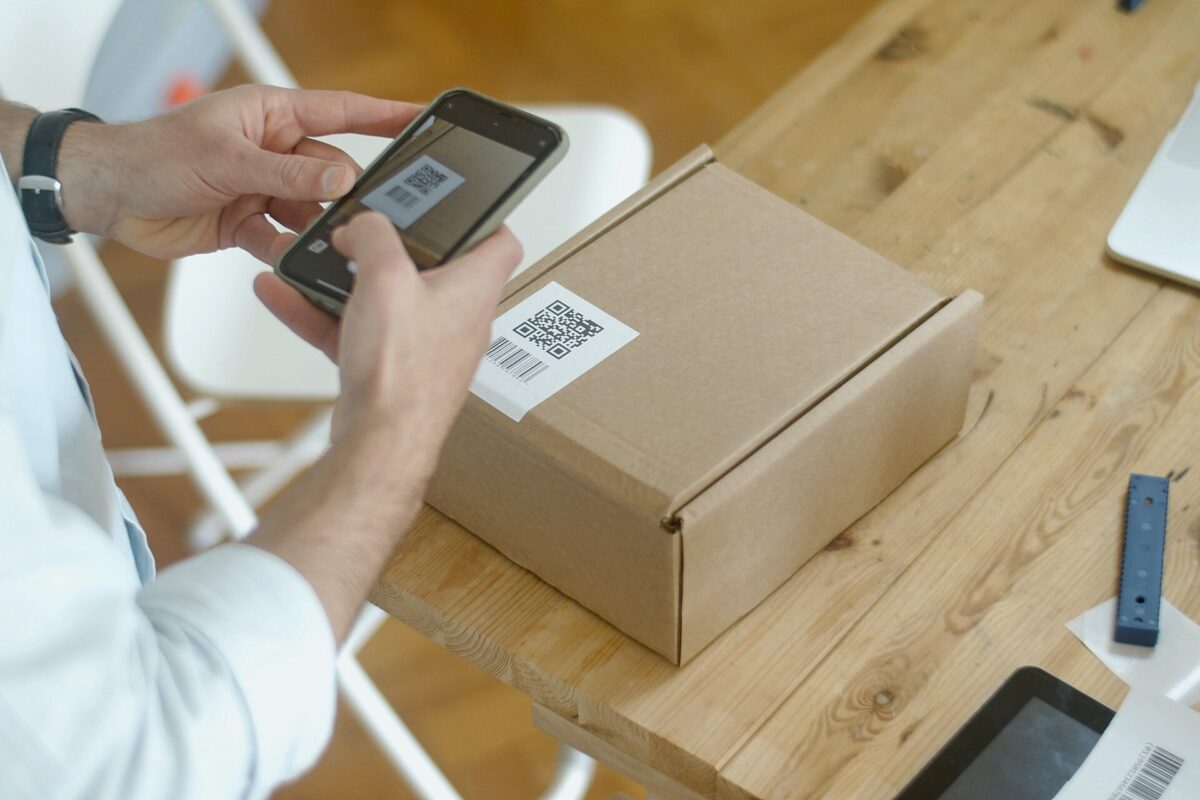

Common Labeling Mistakes to Avoid
When moving abroad and beginning to package everything, effective labeling is crucial, yet often overlooked. A common pitfall is the misuse or misplacement of box labels for moving. These errors can lead to confusion and delays, leading people to forget about the benefits of relocating and focus only on the chaos of the entire process. Understanding and avoiding these mistakes ensures a smoother transition.
Overlooking the Importance of Detailed Labeling
A frequent oversight when labeling is not being detailed enough. This typically occurs when individuals are in a hurry or underestimate the complexity of unpacking in a new environment. The consequences of this can range from minor inconveniences to significant time wastage while searching for specific items.
To avoid this, it’s crucial to spend a bit of extra time on labeling. Ensure each tag clearly states the contents, the room it belongs in, and any special handling instructions. Detailed labeling transforms unpacking from a chaotic endeavor into an orderly task.
Not Updating Labels When Contents Change
Another common mistake is failing to update tags when the contents of a box change. This often happens during the hectic phases of packing, where items are moved around in the quest for optimal space utilization. The result is boxes with misleading identifiers, leading to confusion during unpacking.
To prevent this, maintain a flexible labeling system. Removable tags or erasable markers can be beneficial. Always revise the identifier if anything in the box changes, ensuring it accurately reflects the current contents.
Ineffective Placement of Labels on Boxes
The ineffective placement of tags on boxes is a mistake that can greatly hinder the unpacking process. Often, stickers are placed in spots that become obscured either by other boxes or by the way they are carried or stacked. This leads to unnecessary time spent turning boxes around to read labels.
To circumvent this issue, place stickers on multiple sides of the box, including the top. This way, no matter how the box is positioned, the identifier is always visible. Ensuring the visibility of markets from various angles greatly aids in finding items quickly and efficiently during the unpacking stage.
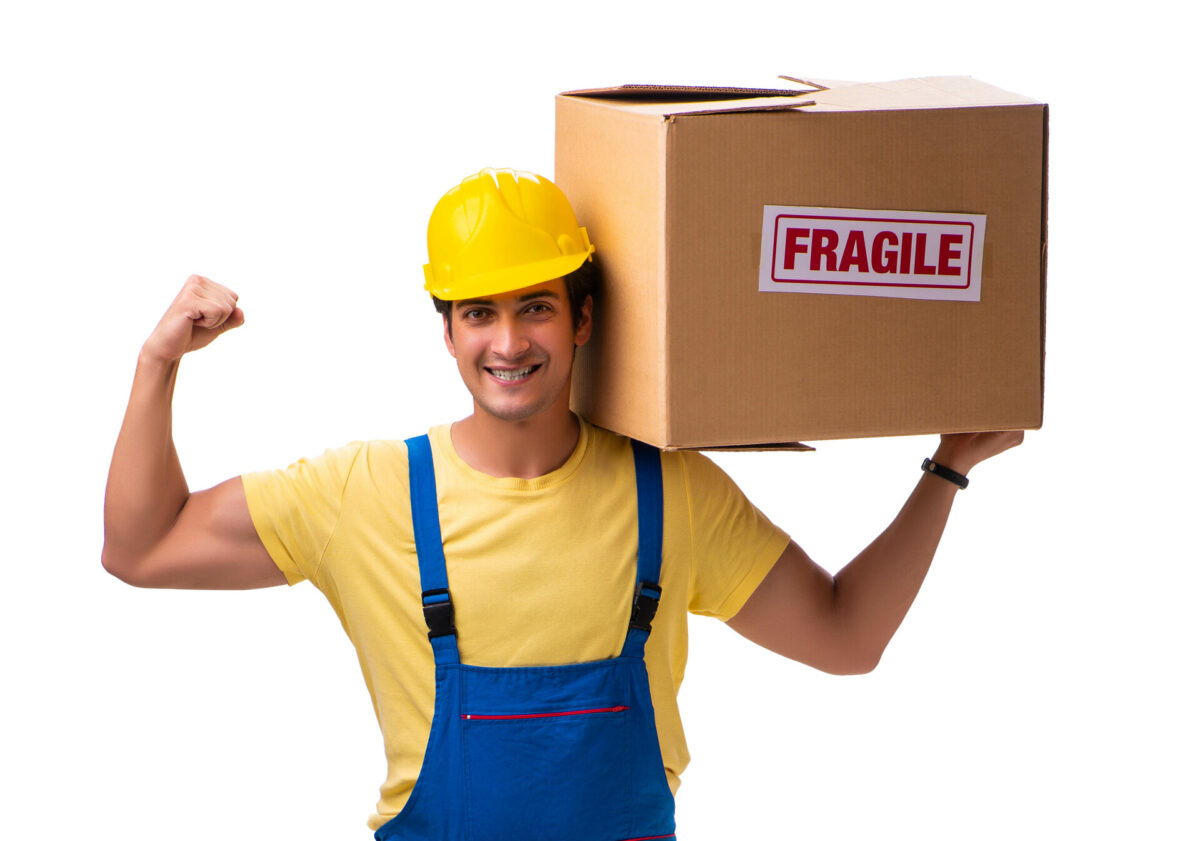

What Are Some Packaging Mistakes to Avoid as Well?
A key mistake is the failure to decisively determine what to keep and what to get rid of before packing. This lack of clarity often leads to transporting unnecessary items, increasing both the workload and costs. Another common error is disregarding the importance of categorization and labeling in tandem.
For instance, mixing kitchen items with bedroom items in one box can render even the most detailed tags confusing. To avoid these pitfalls, begin the packing process by thoroughly sorting through belongings and decisively separating them into ‘keep’ and ‘discard’ piles. Following this, pack items categorically, ensuring that the contents of each box are homogeneous.
Watch the video below for more packing tips and relocation hacks.
Will Using Labels Help Your International Movers?
Tags and identifiers are crucial for international movers providing moving by sea services as well as packing services. Clear labeling allows movers from an international moving company to quickly identify special care items, understand contents, and determine their final destination. This is especially important for sea transport, where durable, waterproof stickers or tags can withstand long journeys and multiple handlings.
The movers can better organize boxes and stack them in the container so that breakage is prevented. The client can only be happy when all the belongings reach the desired destination intact. So, don’t underestimate the importance of a labeling system.
Are You Ready to Prepare Perfect Boxes and Relocate With Efficient Movers?
The role of effective labeling cannot be overstated. This not only ensures the safety and organization of your belongings but also significantly aids movers in handling your items efficiently. From streamlining packing to facilitating a smoother unpacking experience, well-labeled boxes are a cornerstone of a successful move. If you’re gearing up for your next move and seeking an overseas moving company, feel free to reach out to us at Sunset International Shipping. Our team is ready to help you prepare your perfect boxes and ensure a smooth, efficient relocation experience.
FAQ
First, the contents of the box should be briefly but clearly described. This might include a general category (e.g., kitchenware, books) or specific possessions if the box contains valuables.
Next, the destination room in the new residence should be indicated, aiding in efficient organization upon arrival. Handling instructions, such as “Fragile,” “This Side Up,” or “Heavy,” are also essential for safeguarding the items.
Relocation tags can certainly be reused, especially if they are made from durable materials like plastic or laminated paper. Reusable identifiers are eco-friendly and cost-effective. For them to be effective across multiple uses, it’s advisable to use erasable markers or stickers that can be easily removed and updated. This reuse is particularly useful for individuals who frequently relocate or for relocation companies seeking sustainable practices.
Each box should ideally have at least two for optimal visibility. It’s recommended to place these on different sides of the box, such as one on the top and another on one of the side panels. This ensures that the tag is visible regardless of how the box is stacked or positioned.
The best method is to implement a color-coding system along with brief descriptions. Assign a specific color to each room (e.g., blue for the bedroom, green for the kitchen) and use tags, markers, or stickers of that color for all boxes belonging to that room. Adding a brief description of the contents and the room name ensures clarity, especially for those assisting with the reorganization in the new location.
Several apps and digital tools are available to assist with the tagging. These apps are Labeljoy, Avery Design & Print, and Canva. They often include features like barcode or QR code generation, linking each code to a detailed inventory list.
Users can scan the code with their smartphone to identify the contents of each box without needing to open it. Some apps also offer printable tag templates, checklists, and organization tips to streamline the entire packing process. Utilizing these tools can bring a level of efficiency and organization to the task, particularly helpful in managing large-scale or complex relocations.




